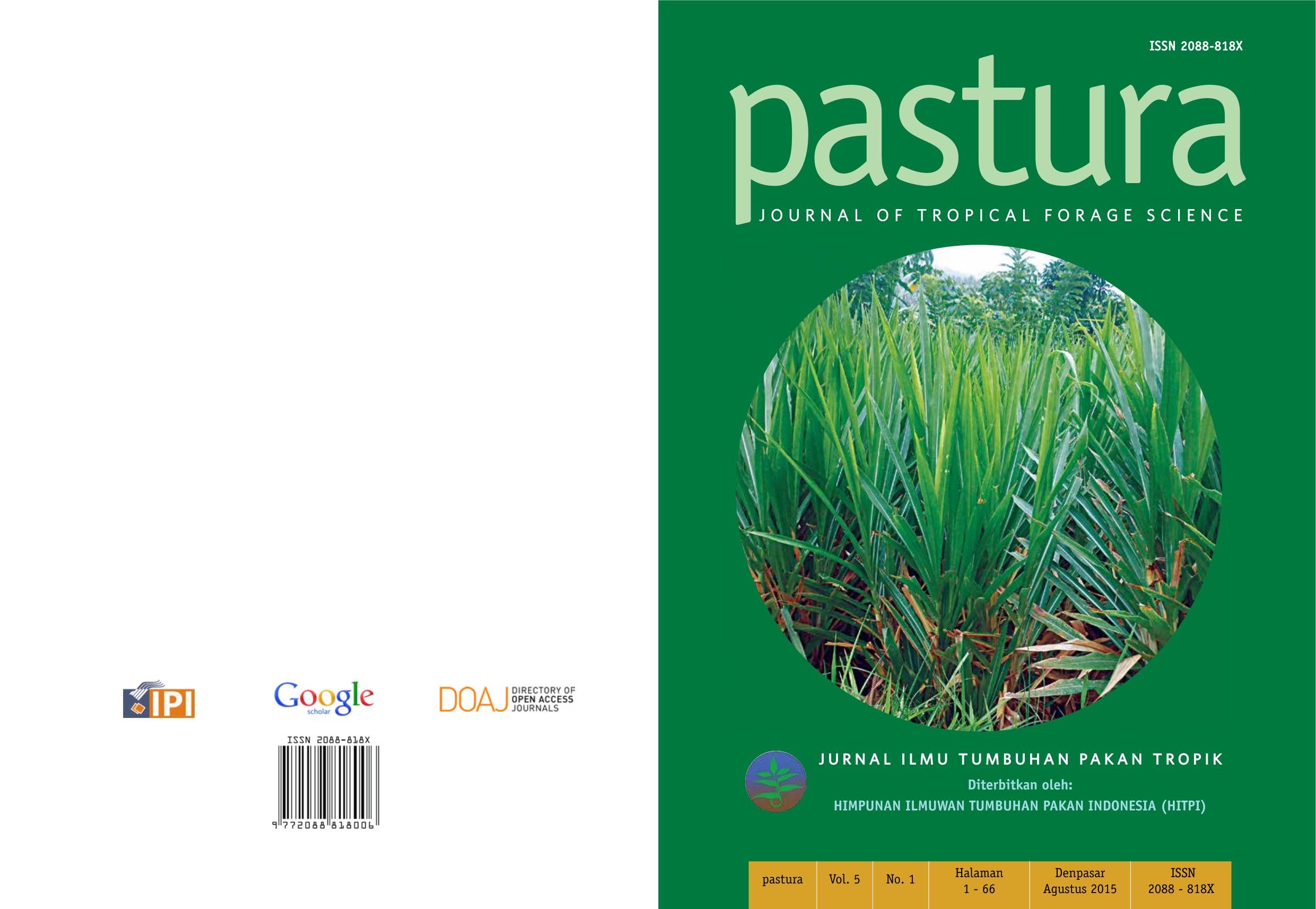PENGARUH BAP (BENZIL ADENIN PURIN) DAN NAA (NAPHTHALEN ACETIC ACID) TERHADAP EKSPLAN TANAMAN TURI (Sesbania grandiflora) DALAM MEDIA MULTIPLIKASI In Vitro
Abstract
Turi merupakan leguminosa pohon. Perbanyakan turi secara vegetatif sulit dilakukan karena kemampuan turi untuk tumbuh kembali setelah dilakukan pemotongan sangat rendah. Penelitian dalam upaya perbanyakan turi melalui metode multiplikasi tanaman turi secara in vitro telah dilakukan di Laboratorium Kultur Jaringan. Eksplan yang digunakan adalah kotiledon, daun dan hipokotil steril tanaman turi. Media dasar yang digunakan adalah MS (Murashige skoog) yang diperkaya dengan vitamin. Sebagai sumber energi digunakan sukrosa sebanyak 30 g/l dan bacto agar 8g/l. Penelitian ini terdiri dari perlakuan BAP sebagai salah satu jenis sitokinin) secara tunggal yaitu MS + BAP 1 mg/l dan MS + BAP 2 mg/l, dan kombinas BAP dengan NAA (sebagai salah satu jenis auksin) yaitu MS + BAP 1mg/l + NAA 0,08 mg/l, MS + BAP 2 mg/l + NAA 0,08 mg/l. Hasil penelitian menunjukkan bahwa kombinasi auksin dan sitokinin mampu memperbanyak shootled turi.
Kata kunci: turi, ksplan, Benzil Adenin Purin, Naphthalen acetic acid, in vitro





